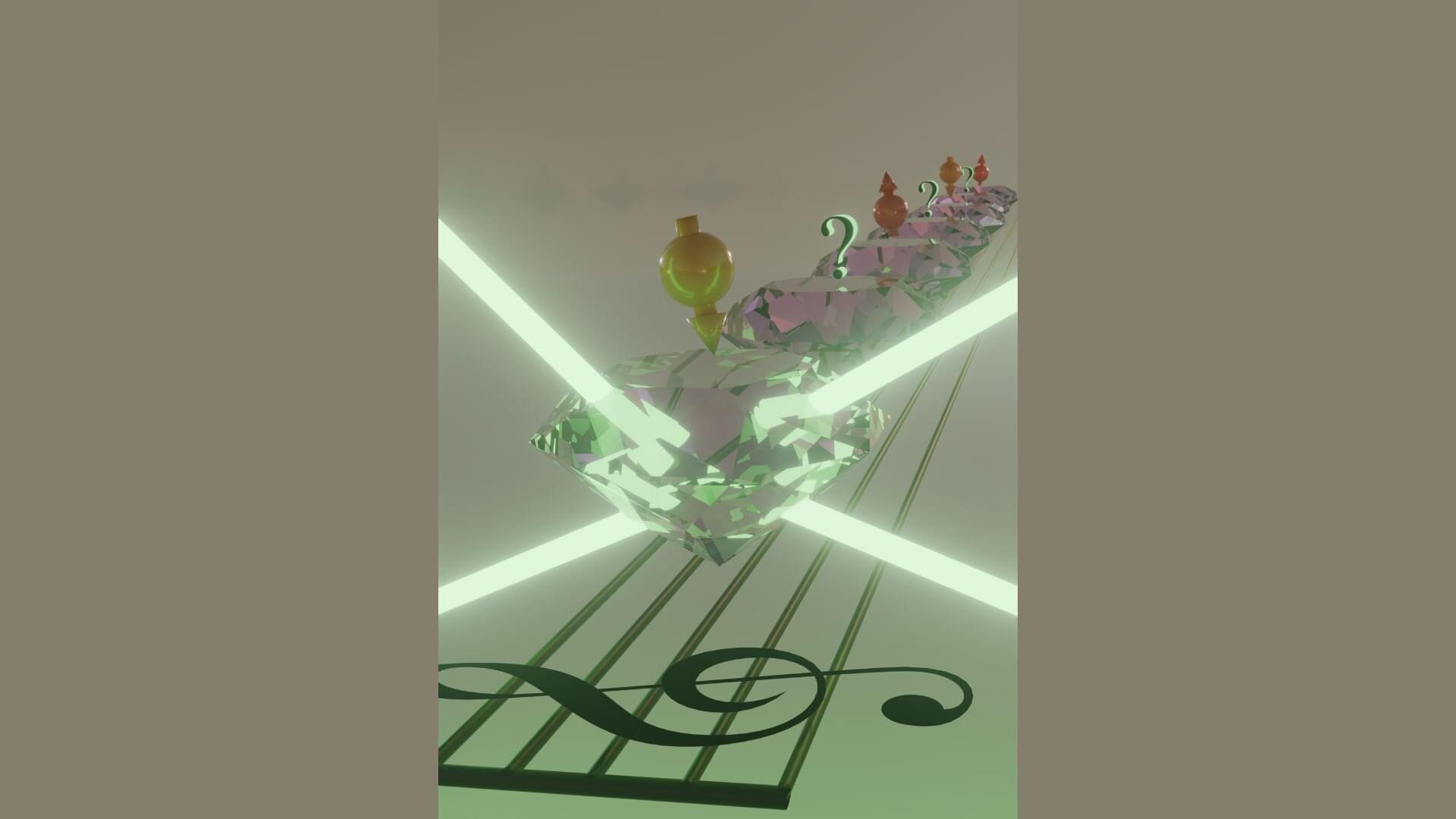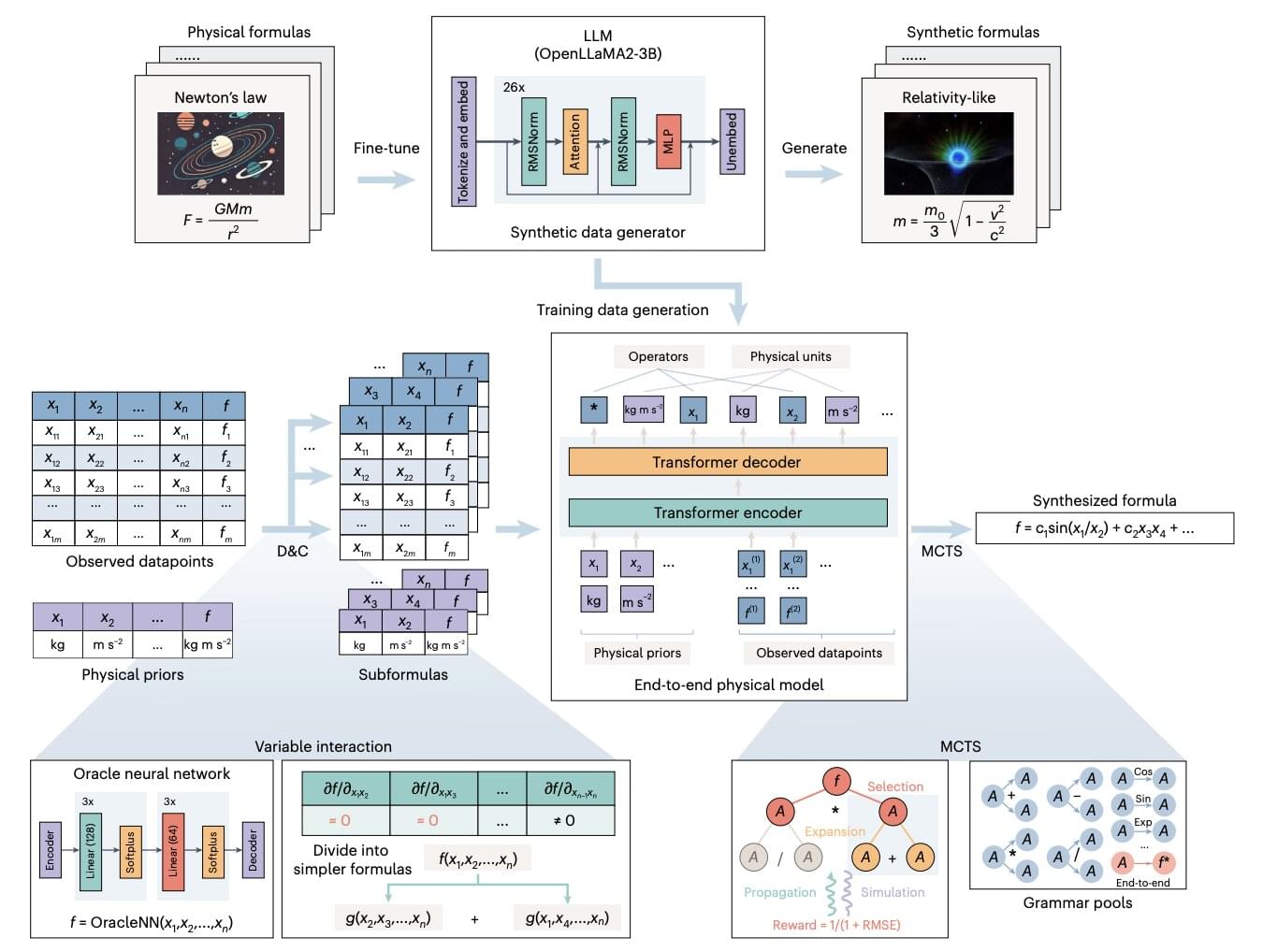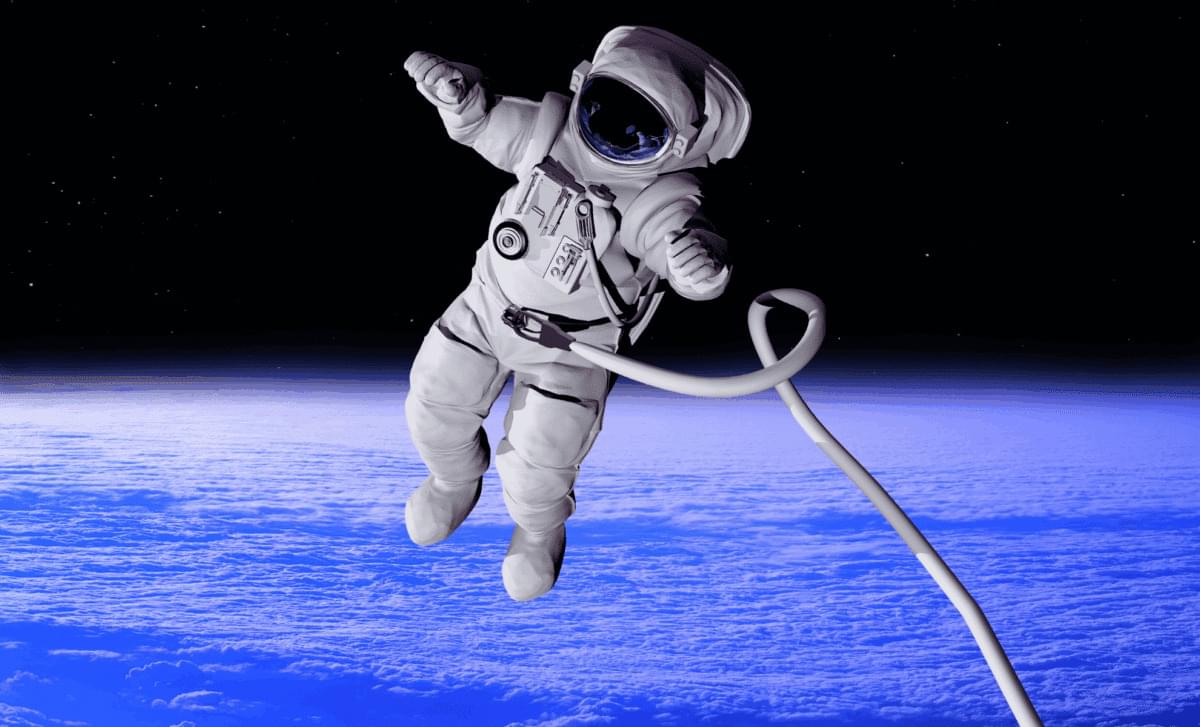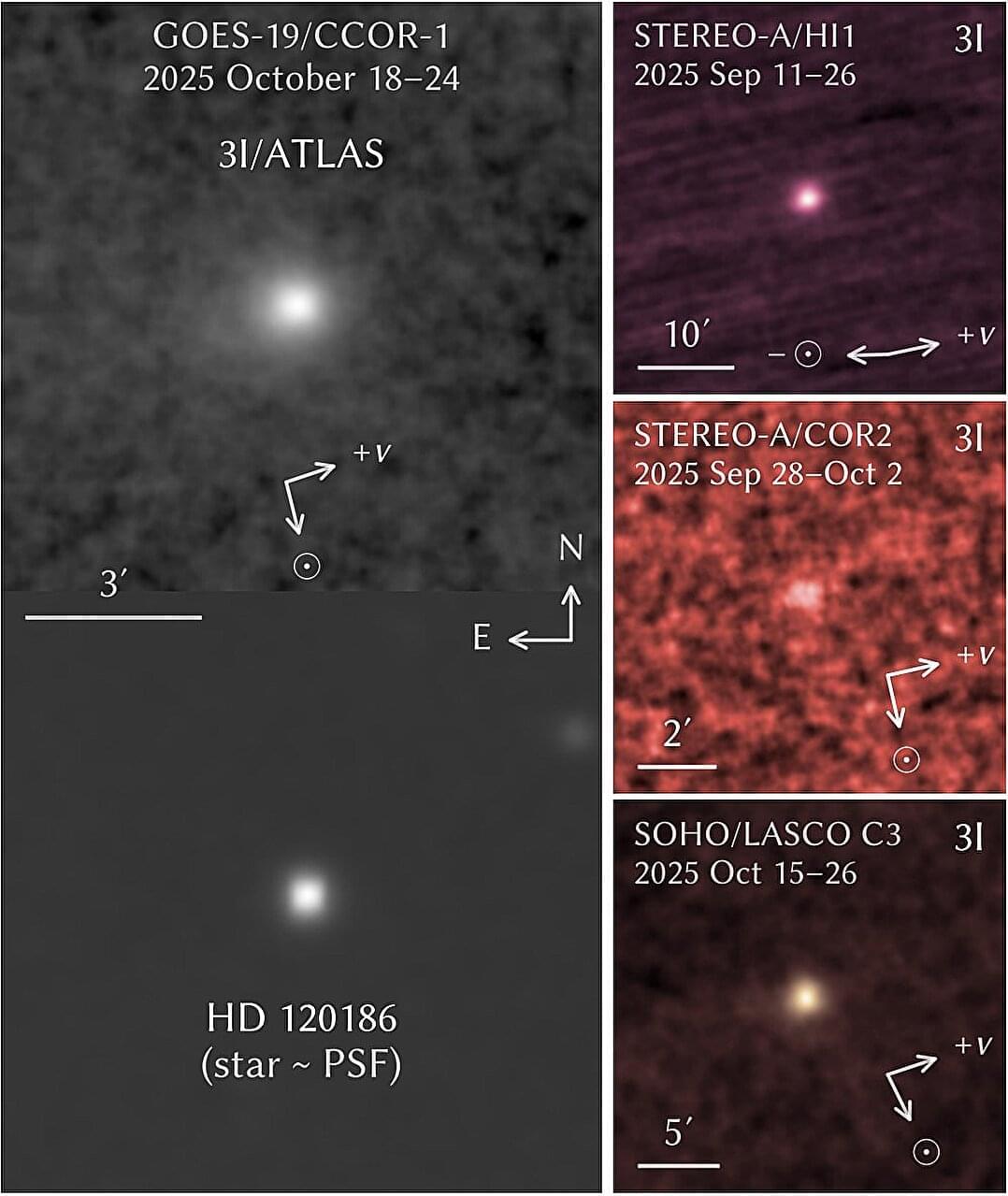A lot can happen in 55 years.
Category: space – Page 11

The time ‘rondeau’ crystal: Scientists observe a new form of temporal order
In a new study published in Nature Physics, researchers achieved the first experimental observation of a time rondeau crystal—a novel phase of matter where long-range temporal order coexists with short-time disorder.
Named after the classical musical form where a repeating theme alternates with contrasting variations (like Mozart’s Rondo alla Turca), the time rondeau crystal exhibits perfectly periodic behavior at specific measurement times while showing controllable random fluctuations between those intervals.
“The motivation for this research stems from how order and variation coexist across art and nature,” explained Leo Moon, a third-year Applied Science and Technology Ph.D. student at UC Berkeley and co-author of the study. “Repetitive periodic patterns naturally arise in early art forms due to their simplicity, while more advanced music and poetry build intricate variations atop a monotonous background.”

Kakutani fixed-point theorem
In mathematical analysis, the Kakutani fixed-point theorem is a fixed-point theorem for set-valued functions. It provides sufficient conditions for a set-valued function defined on a convex, compact subset of a Euclidean space to have a fixed point, i.e. a point which is mapped to a set containing it. The Kakutani fixed point theorem is a generalization of the Brouwer fixed point theorem. The Brouwer fixed point theorem is a fundamental result in topology which proves the existence of fixed points for continuous functions defined on compact, convex subsets of Euclidean spaces. Kakutani’s theorem extends this to set-valued functions.

New AI framework can uncover space physics equations in raw data
Artificial intelligence (AI) systems, particularly artificial neural networks, have proved to be highly promising tools for uncovering patterns in large amounts of data that would otherwise be difficult to detect. Over the past decade, AI tools have been applied in a wide range of settings and fields.
Among its many possible applications, AI systems could be used to discover physical relationships and symbolic expressions (i.e., mathematical formulas) describing these relationships.
To uncover these formulas, physicists currently need to extensively analyze raw data, thus automating this process could be highly advantageous.

The Remarkable Large-Scale Structure of Anti-Tail and Tail Jets from 3I/ATLAS
Today, a magnificent large-scale image of the interstellar object 3I/ATLAS, was reported here by Frank Niebling and Michael Buchner. The stacked image combines a series of 5 exposures, each lasting 3 minutes, from two telescopes (TEC 140/f5 and ASI 6200MM) between 5:08–5:22 UT on November 9, 2025.
The image shows two anti-tail jets out to 10 arcminutes towards the Sun accompanied by a longer collimated jet, extending away from the Sun out to an angular separation of 30 arcminutes, roughly the diameter of the Sun or the Moon.
At the current distance of 3I/ATLAS from Earth, 326 million kilometers, these angular extents correspond to spatial sizes of 0.95 million kilometers for the sunward anti-tail jets and 2.85 million kilometers for the tail jet away from the Sun. This enormous spatial scale is three orders of magnitude larger than the scale of the glowing halo around 3I/ATLAS in the Hubble Space Telescope image from July 21, 2025 (reported here).

“Towards a Platonic Intelligence with Unified Factored Representations” by Akarsh Kumar
This is a ~1 hour talk titled “Towards a Platonic Intelligence with Unified Factored Representations” by Akarsh Kumar (https://akarshkumar.com/), given for our symposium on Platonic Space (https://thoughtforms.life/symposium-o…
[SCRUBBED] Watch Blue Origin Launch New Glenn to Mars!
Blue Origin’s is launching their second New Glenn rocket, for mission NG-2, from Launch Complex 36 at Cape Canaveral Space Force Station. It will deploy NASA’s ESCAPADE twin spacecraft to study Mars’ magnetosphere and solar wind interactions, alongside a Viasat communications technology demonstration. Blue Origin is planning to propulsively land the booster down range.
Want to support what I do? Consider becoming a Patreon supporter for access to exclusive livestreams, our discord channel! — / everydayastronaut.
Or become a YouTube member for some bonus perks as well! — / @everydayastronaut.
The best place for all your space merch needs!
https://everydayastronaut.com/shop/
All music is original! Check it out anywhere you listen to music (Spotify, iTunes, Google Play, Amazon, etc) by searching Everyday Astronaut.

Rapid brightening of interstellar comet 3I/ATLAS as it nears sun surprises scientists
An interstellar comet that originated outside our solar system has just made its closest pass to the sun, brightening dramatically and rapidly as it did so. The reason for the sudden extreme activity is currently puzzling scientists.
A stranger in the neighborhood The latest visitor to our corner of the galaxy was first spotted on July 1, 2025, by astronomers and officially named comet 3I/ATLAS. It’s only the third interstellar comet ever recorded and was calculated to be on a course that would take it close to the sun without plunging into it.
As the object neared its closest point to our star (perihelion), the immense solar glare made it virtually impossible for Earth-based telescopes to see it. So astronomers turned to space-based solar observatories like SOHO, STEREO-A and GOES-19 to keep a watchful eye.
NASA’s Perseverance Rover Reveals Mars’ Watery Past and Clues to Ancient Life
NASA’s Perseverance rover has uncovered powerful new evidence that Mars’ Jezero Crater once hosted multiple rounds of flowing water, each creating conditions that could have supported life.